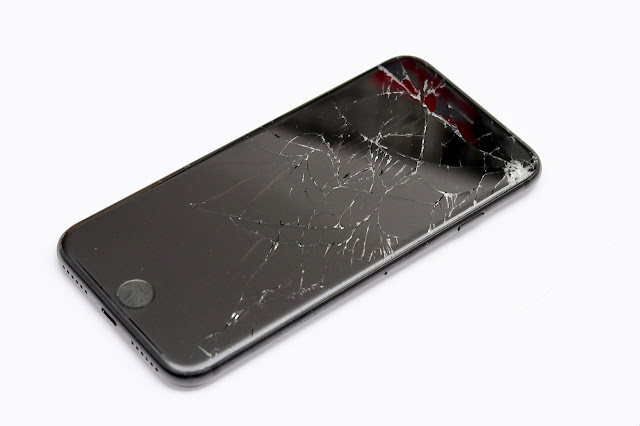What is planned Obsolescence in the tech world?
Planned obsolescence refers to the practice of intentionally designing and producing products with a limited lifespan or functionality, with the aim of encouraging consumers to purchase new replacements.
It is a strategy employed by manufacturers to ensure a continuous demand for their products and maintain a steady stream of revenue.
There are various ways in which planned obsolescence can be implemented:
Functional Obsolescence: Products are deliberately designed with components or materials that have a limited lifespan. This can include using low-quality parts, weak materials, or employing techniques that cause premature wear and tear, ultimately leading to the product's failure or decreased performance.
Technological Obsolescence: This occurs when manufacturers introduce new technologies or features that make older products appear outdated or less desirable. They may deliberately withhold certain advancements from older models or release frequent updates, making it difficult or costly to upgrade or repair older versions.
Style Obsolescence: This form of planned obsolescence is based on changing consumer tastes and fashion trends. Manufacturers create products that are designed to be aesthetically pleasing and fashionable for a limited period. When styles change, consumers may feel compelled to replace their existing products to keep up with the latest trends.
Systemic Obsolescence: This type of obsolescence occurs when a company discontinues support or stops producing parts and accessories necessary for the functioning or repair of their products. It effectively renders the product obsolete or difficult to maintain, forcing consumers to seek replacements.
Critics argue that planned obsolescence leads to several negative consequences. It contributes to excessive consumerism, as products are intentionally designed to have shorter lifespans, generating more waste and placing a strain on natural resources.
Planned obsolescence can also be costly for consumers, as they are compelled to purchase new products more frequently or face difficulties in repairing their existing ones.
Regulatory bodies in some countries have taken steps to address planned obsolescence. For instance, some have introduced legislation that enforces longer warranty periods or requires manufacturers to provide spare parts and repair information.
Additionally, consumer awareness and demand for more sustainable and durable products have led to the rise of initiatives promoting repairability, longevity, and eco-friendly manufacturing practices.
Wait for Code
Author:
Francis Onyach; writer, artist, digital marketer and software engineer.

Comments
Post a Comment